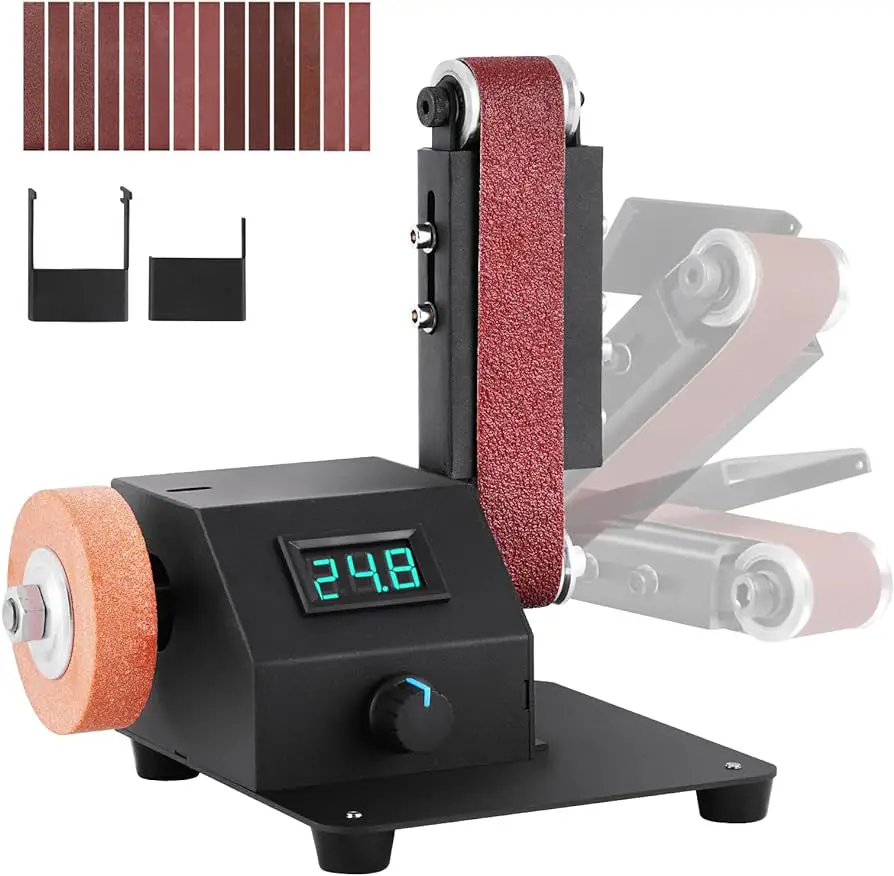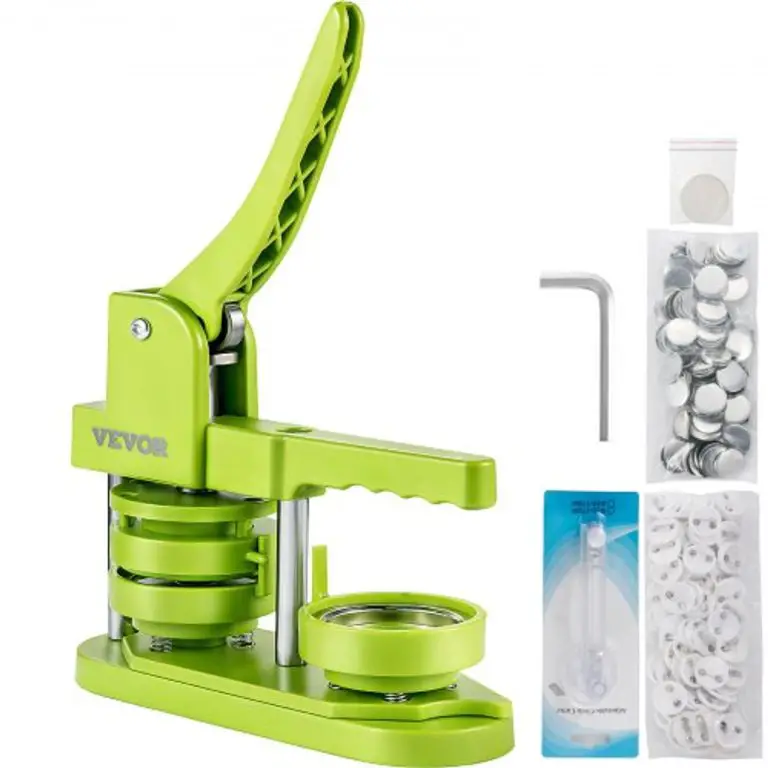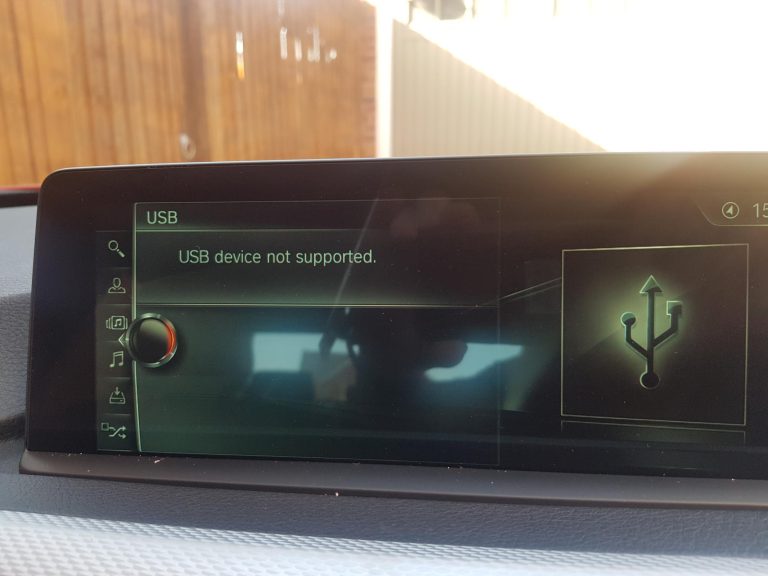Homemade Oil Catch Can: Step-by-Step Guide for DIY Enthusiasts
Oil catch cans are an essential component for vehicles that help prevent the buildup of oil and sludge in the intake system. They work by capturing the oil and other contaminants that are present in the crankcase ventilation gases before they can make their way back into the intake system. While there are many oil catch cans available for purchase, building a homemade oil catch can can be a cost-effective and rewarding project for car enthusiasts. In this guide, we will walk you through the steps to build your own oil catch can with ease.
Materials You Will Need
Before you begin building your homemade oil catch can, gather the following materials:
- Empty metal can (such as a soup can or coffee can)
- Thin steel tubing
- Hose clamps
- Breather filter
- Drill and metal drill bits
- Bolts and nuts
- Rubber grommet
Step-by-Step Instructions
Follow these steps to create your homemade oil catch can:
- Prepare the Can: Start by drilling two holes in the metal can—one for the inlet and one for the outlet. Ensure the holes are the correct size to accommodate the steel tubing.
- Insert the Steel Tubing: Insert one end of the steel tubing into the hole designated as the inlet and secure it in place using a rubber grommet and hose clamp. Repeat the same process for the outlet.
- Install the Breather Filter: Attach the breather filter to the outlet end of the steel tubing. This will prevent any oil or contaminants from escaping.
- Secure the Can: Find a suitable location within the engine bay to mount the homemade oil catch can. Use bolts and nuts to secure it in place.
Benefits of Using an Oil Catch Can
Installing an oil catch can offers several benefits for your vehicle, including:
- Preventing oil and sludge buildup in the intake system
- Improving engine performance and efficiency
- Reducing carbon buildup on intake valves
- Prolonging the life of the engine

Credit: www.pcmag.com
Important Considerations
When building and using a homemade oil catch can, keep the following considerations in mind:
- Regularly check and empty the catch can to prevent overflow.
- Choose a canister size that is appropriate for your vehicle’s engine size.
- Ensure proper sealing to prevent any leaks or oil seepage.
- Consider the local regulations and ensure compliance when installing an oil catch can.
Final Thoughts
Building a homemade oil catch can is an excellent way to ensure the longevity and performance of your vehicle. By following the steps outlined in this guide and understanding the benefits of using an oil catch can, car enthusiasts can take on this DIY project with confidence. Enjoy the satisfaction of knowing that you have a handcrafted solution that helps maintain your vehicle’s efficiency and performance for years to come.
Frequently Asked Questions For Homemade Oil Catch Can: Step-by-step Guide For Diy Enthusiasts
What Is A Homemade Oil Catch Can?
A homemade oil catch can is a device used to trap oil and moisture from the crankcase ventilation system in a vehicle.
Why Should I Install A Homemade Oil Catch Can?
Installing a homemade oil catch can prevents oil and moisture from entering the intake system, reducing carbon buildup and maintaining engine performance.
How Does A Homemade Oil Catch Can Work?
A homemade oil catch can works by allowing the oil and moisture to collect in the can while the clean air is returned to the engine, thus preventing buildup in the intake system.
Can I Make A Homemade Oil Catch Can Myself?
Yes, you can make a homemade oil catch can using simple materials and following online tutorials or instructions. It’s a cost-effective solution.






